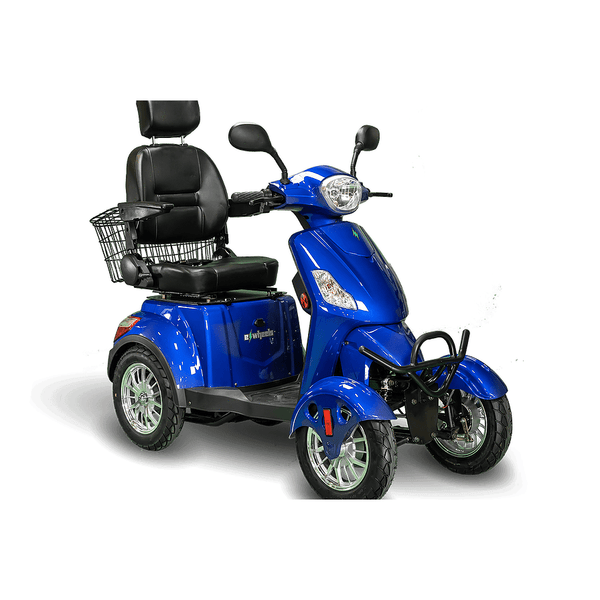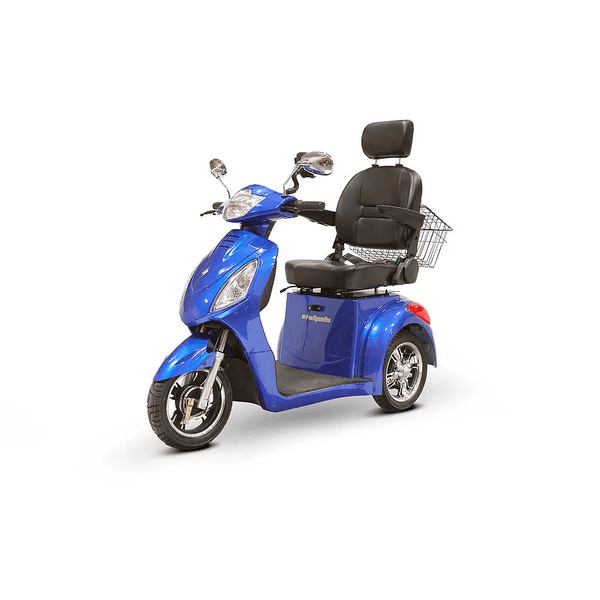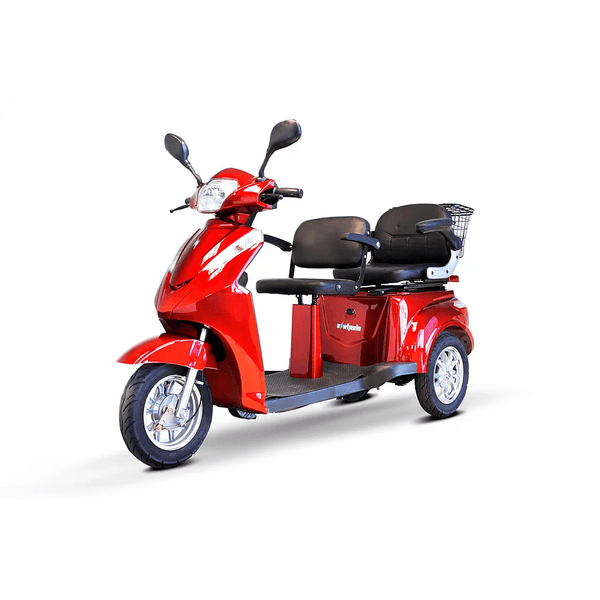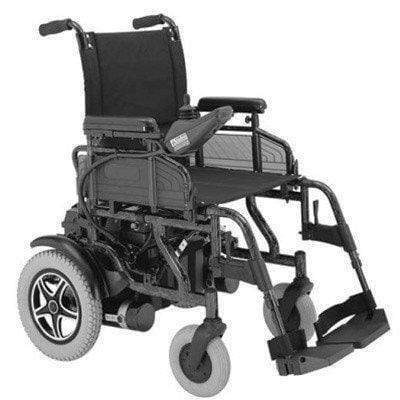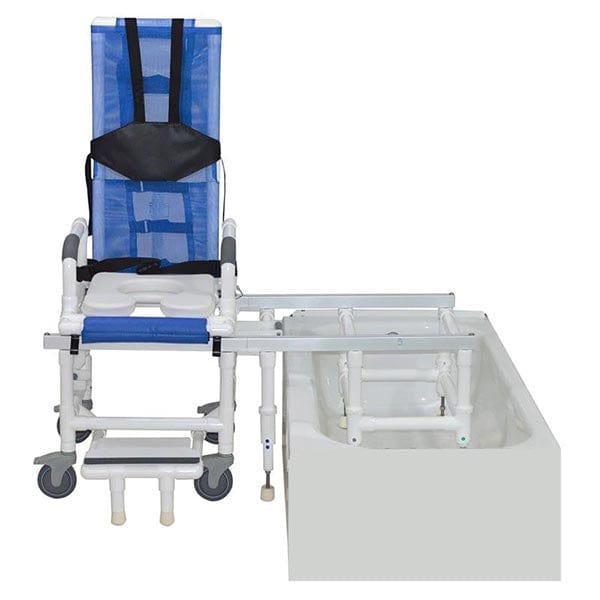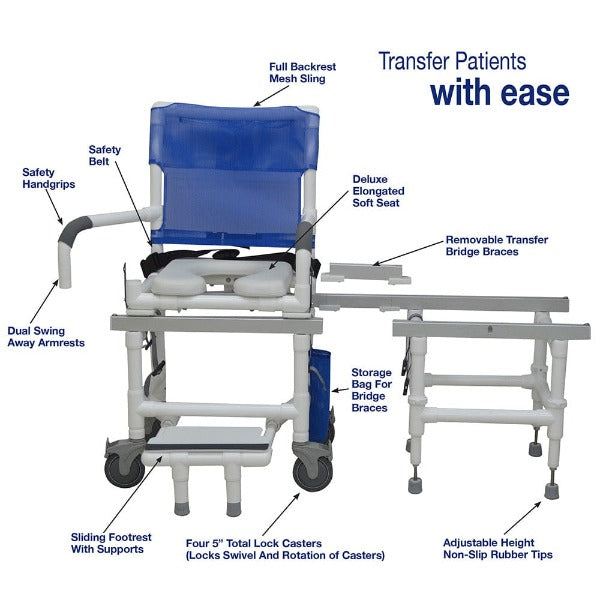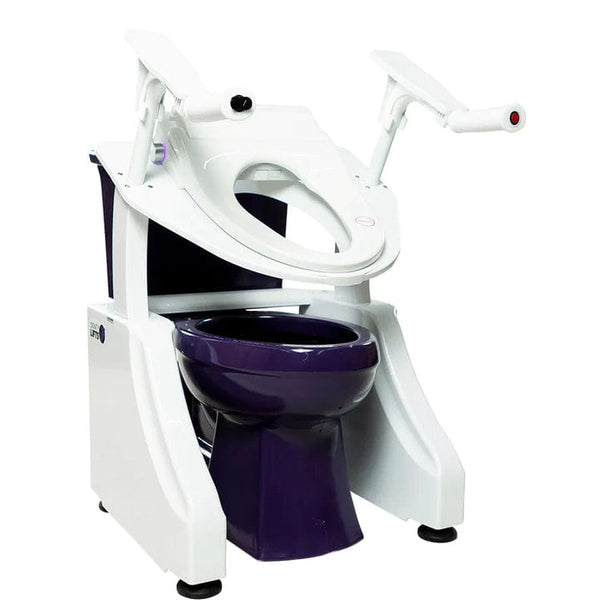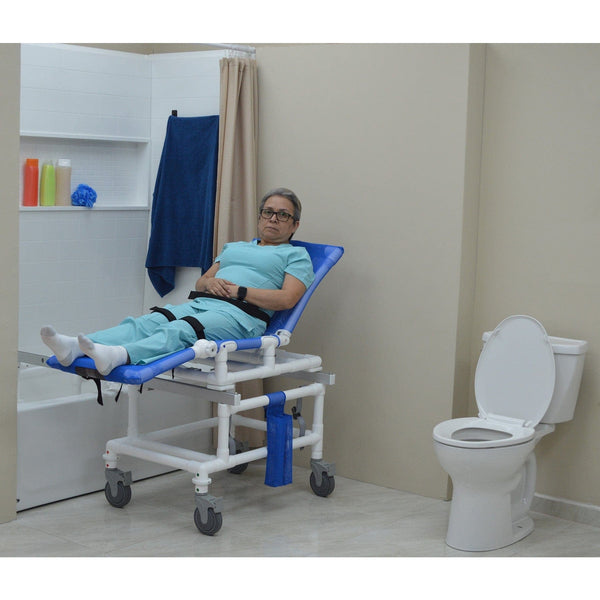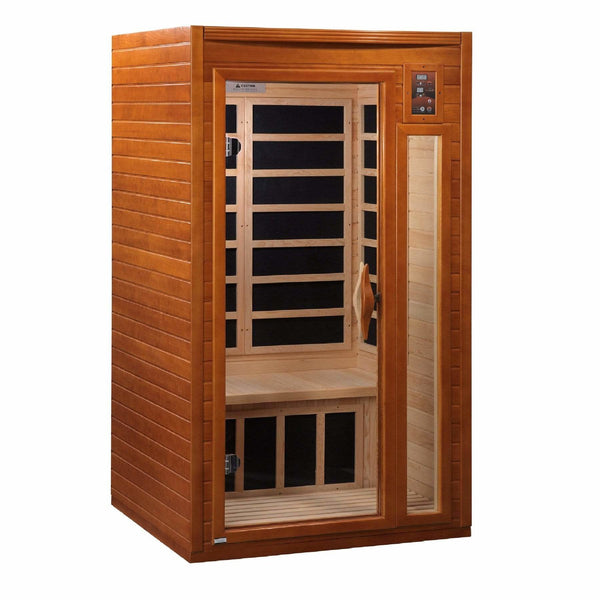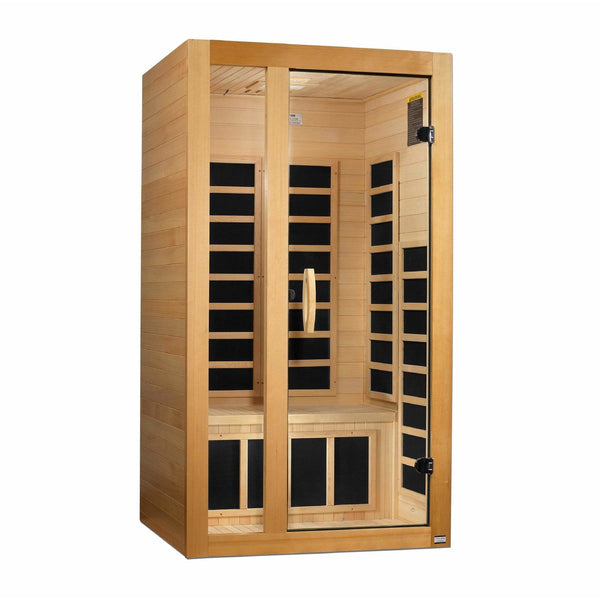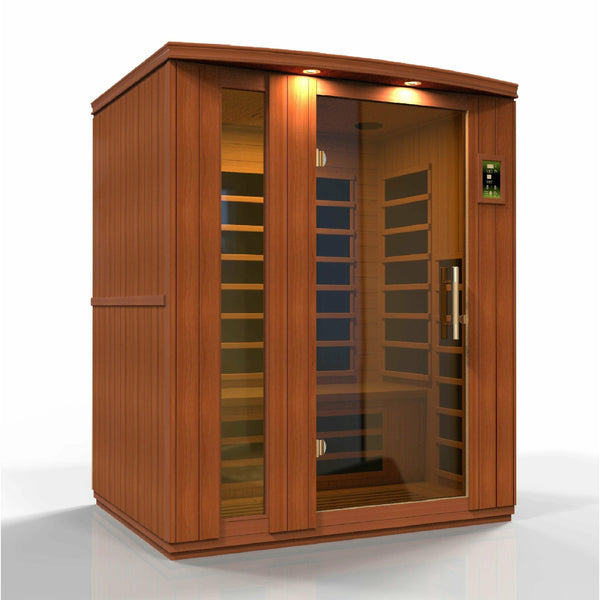People with disabilities or mobility issues face diverse challenges in their daily lives, but the right wheelchair can help them overcome these hurdles. A wheelchair can inspire a sense of confidence and independence.
It also gives caregivers solace, knowing their loved ones are safe and comfortable in a reliable wheelchair. As such, many factors must be considered while picking the ideal wheelchair. These include size, weight capacity, type of wheelchair, accessibility, and other additional features.
Our comprehensive guide addresses important questions related to the wheelchair, from weight limitations and folding capacity to airline and travel regulations.
What is the Weight and the Weight Capacity of a Wheelchair?

Choosing a wheelchair that can support your body weight is crucial. A wheelchair with a low weight limit may feel comfortable at first, but it will have a much shorter lifespan and warranty. There is no standard weight or weight limit across wheelchairs; both are defined according to their category.
Wheelchairs can be broadly categorized into three main configurations:
- Basic: Weight limit of 250–350 lbs
- Lightweight: Weight limit of 200-250 lbs
- Heavy-Duty (for bariatric use): 700+ lbs
Each of these categories can be further divided into subcategories to meet the specific needs or demands of the user. Let's look at these subcategories to better comprehend their weight dimensions:
Transport Wheelchairs
A transport wheelchair is lightweight and compact, weighing 15–30 lbs. Most people use them in areas that demand plenty of walking, such as expansive mall areas or parks. Since they're used as short-term transport assistance devices, they're lighter and easier to carry around.
Standard Wheelchairs (Manual)
You would have seen these wheelchairs being carted around the airport or the hospital. These sturdy wheelchairs are primarily used for commercial purposes and weigh between 35–40 lbs. They can be unwieldy and are not designed for self-propulsion.
Lightweight Wheelchairs
Lightweight wheelchairs serve a more versatile purpose due to their low weight, around 15–35 lbs. They're designed for self-propulsion and can be lifted to fit into a car or public transportation. They're also easy to push. They're slightly more expensive than their counterparts.
Lightweight wheelchairs are available in two types of frames:
- Folding wheelchair frame: Ideal for elderly users (65+ years)
- Rigid frame: Ideal for young users (18–65 years)
Power Wheelchairs
Power wheelchairs are known for their heavy weight capacity. They weigh around 50–250 lbs and are driven by an electric motor. They can achieve maximum speeds of up to eight miles per hour and have a longer driving range.
Heavy Duty Wheelchairs
People with bariatric conditions typically use heavy-duty wheelchairs, which have a larger weight capacity (300+ lbs) and weigh more—around 40–60 lbs—due to their reinforced frames. Loading a heavy-duty wheelchair into a vehicle can be difficult, requiring the use of a wheelchair ramp.
Before purchasing a wheelchair, check the manufacturer tag for weight information. It's crucial to ensure it can support your body weight and suit your needs. Second, weigh yourself to determine which wheelchair suits your body size.
The Feather Chair XL Featherweight Manual Folding Wheelchair combines the best of both worlds. It is the "lightest heavy-duty" wheelchair in the world, weighing only 22 lbs but capable of carrying a maximum weight of 350 lbs.
What are the Width Sizes Available for a Wheelchair?
Wheelchairs should be comfortable and safe to use and sit in. Only then can they be effective in their purpose. They must have adequately wide seats for users to transfer in and out of the wheelchair seat with ease. Just like wheelchair weight, there is no standard width size.
Width dimensions vary according to the model and type of wheelchair.
Here are common wheelchair types and their width sizes to help you select the most suitable one for your needs.
Manual Wheelchairs
Manual wheelchairs typically have a seat width of 61–20 inches. There are three different types of manual wheelchairs:
- Narrow adult wheelchairs with seats up to 16 inches wide
- Average adult wheelchairs with seats up to 18 inches wide
- Wide adult wheelchairs with seats up to 20 inches wide
Manual wheelchairs are commonly used since they offer both self-propelling and pushing options.
Power Wheelchairs
Power wheelchairs are battery-powered machines with an average width of 18 to 25 inches. They are heavier than manual wheelchairs designed to assist those with more severe mobility impairments.
Bariatric Wheelchairs or Heavy-Duty Wheelchairs (Manual)
These manual-powered wheelchairs are designed to accommodate obese individuals with severe mobility impairments. In addition to a higher weight capacity, they offer broader seating, ranging from 22 to 28 inches. Some bariatric wheelchairs can also be 30 inches wide, providing their users extra space, safety, and comfort.
Bariatric Wheelchairs or Heavy-Duty Wheelchairs (Power)
These are similar to manual bariatric wheelchairs. The only difference is that they're battery-powered. Their seat width size is also similar to manual bariatric chairs, measuring around 22–28 inches.
Transport Wheelchairs
Transport wheelchairs have among the smallest seat widths of all. Since they are portable wheelchairs, they are lighter and have smaller wheels. As such, the seat width is also narrow, measuring around 16–17 inches. However, specialized wide transport chairs are also available with a 22-inch width.
Is a Wheelchair Easy to Fold?

A folding wheelchair is a wonderful invention that allows users to conveniently transport and store them when not in use. Most manual wheelchairs like this one can be folded. However, folding and unfolding can take practice since they have several moving parts. Here's how you can fold a manual portable wheelchair:
- Secure the wheel locks
- Position yourself near the chair
- Hold the front and back sections of the wheelchair with each hand and lift them up
These three steps will enable the wheelchair to snap into an accordion-like fold. Your wheelchair is now ready to be lifted, carried, or stored.
Some wheelchairs fold differently, such as by using levers at the back. You can use these to fold the chair down.
Can a Wheelchair's Armrest be Folded Up?

Most wheelchairs have a mechanism that allows the armrests to fold up for added seating convenience. For example, you can fold or pull back the armrests on some wheelchairs, allowing you to easily transfer in and out of the chair. Such flip-back armrests are also adjustable by height. In other cases, you can detach the armrest from your wheelchair.
The Karman Healthcare S-Ergo Flip-Back Armrest Chair features a convenient foldable flip-back mechanism you can activate with a button. These foldable armrests also allow you to access specific areas of the wheelchair when needed and self-propel with ease.
Is a Wheelchair FAA Approved or Allowed on an Aircraft?
Yes, most airlines allow you to board with your wheelchair. The Federal Aviation Administration (FAA) permits you to bring wheelchairs and other assistive devices aboard the aircraft. However, there are special regulations for wheelchair use that you should be aware of to avoid unpleasant surprises while flying.
You can keep your wheelchair in one of three areas in the airplane, including:
- The overhead cabin
- Underneath the seat in front of you
- FAA-regulated stowage areas in the cabin that can accommodate the wheelchair
The size and type of wheelchair dictate where it will be stowed on the aircraft. For example, airlines only allow manual wheelchairs stored in the aircraft's cabin. Larger, battery-powered wheelchairs or heavy-duty wheelchairs can be too bulky to put in the overhead compartment or under the seat.
They are usually tucked away into the plane's cargo area. After landing, the flight attendants will return your device to you at the door or baggage claim upon your request.
Power wheelchairs with sealed batteries (lead acid or gel) can be carried aboard the aircraft.
Tips for Traveling with Wheelchairs on Airplanes
Follow these tips to make traveling with a wheelchair easier on an airplane for yourself or your loved one:
- Notify the airline that you're traveling with a personal wheelchair well before the journey so they can make the necessary arrangements.
- If you're flying on a smaller plane, such as a regional aircraft, you'll want to confirm with the airline whether the cargo can accommodate your wheelchair.
- It is advisable to share the size and weight of your wheelchair so that the airline can transport it without hassle. If feasible, communicate your wheelchair's battery information to your airline before your journey. Check the airline's website to see whether you must complete any paperwork or travel forms before checking in.
- Inform the airline clearly and well in advance if you require assistance with your wheelchair's assembly or disassembly.
Wheelchair Use: Final Thoughts
A well-chosen wheelchair empowers users with confidence and independence while giving caregivers peace of mind. The range of wheelchairs available, from essential to lightweight and heavy-duty, allows you to pick one that suits your unique demands and lifestyle.
Understanding factors like size, weight capabilities, and width ensures that the wheelchair is durable and appropriate for the user's body weight and needs. For example, lightweight wheelchairs are great for self-propulsion and portability, whereas heavy-duty wheelchairs are intended for those with bariatric conditions.
Ultimately, the right wheelchair can improve the lives of persons with mobility issues by allowing them to navigate their surroundings more easily and independently. We recommend investing in a high-quality, sturdy wheelchair that won't compromise safety and comfort.
Purchase your wheelchair from a reliable and reputable retailer like Mobility Paradise. We offer a range of wheelchair configurations and models, such as electric, all-terrain, and ergonomic wheelchairs. Browse our website today or contact us to discuss your wheelchair needs with our expert staff.




